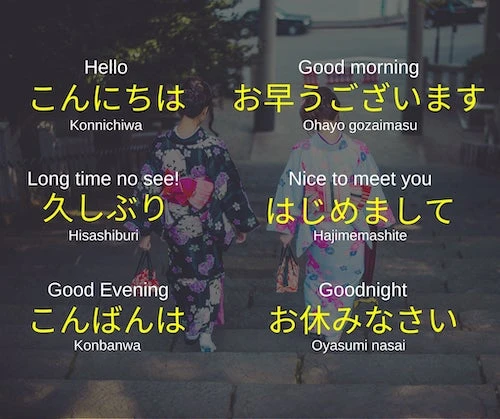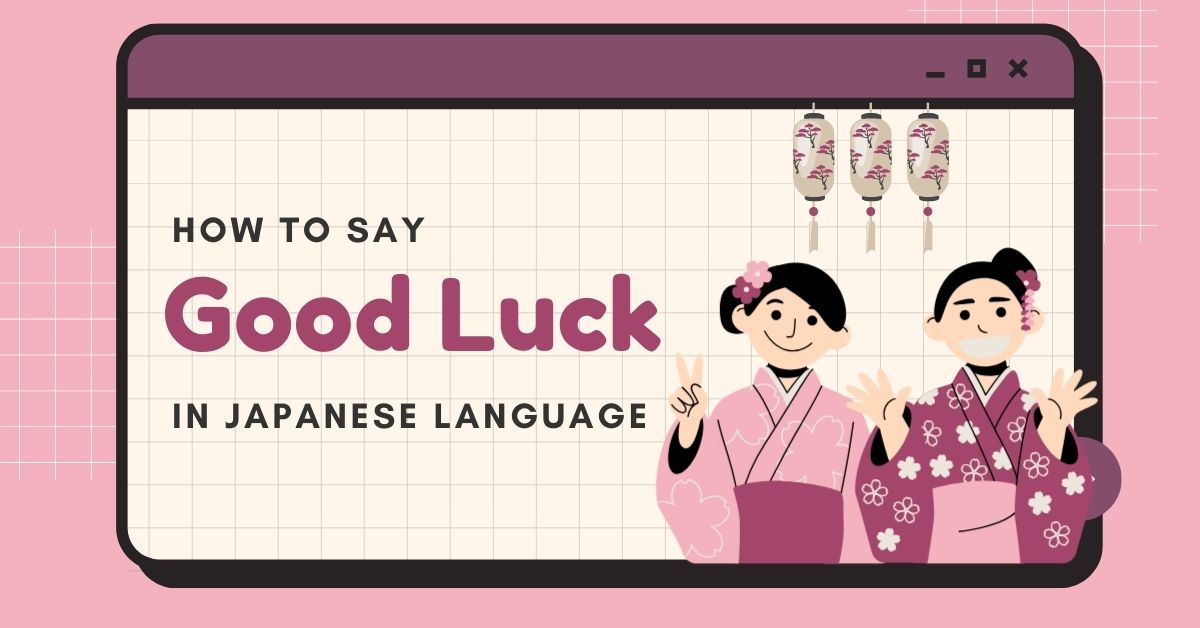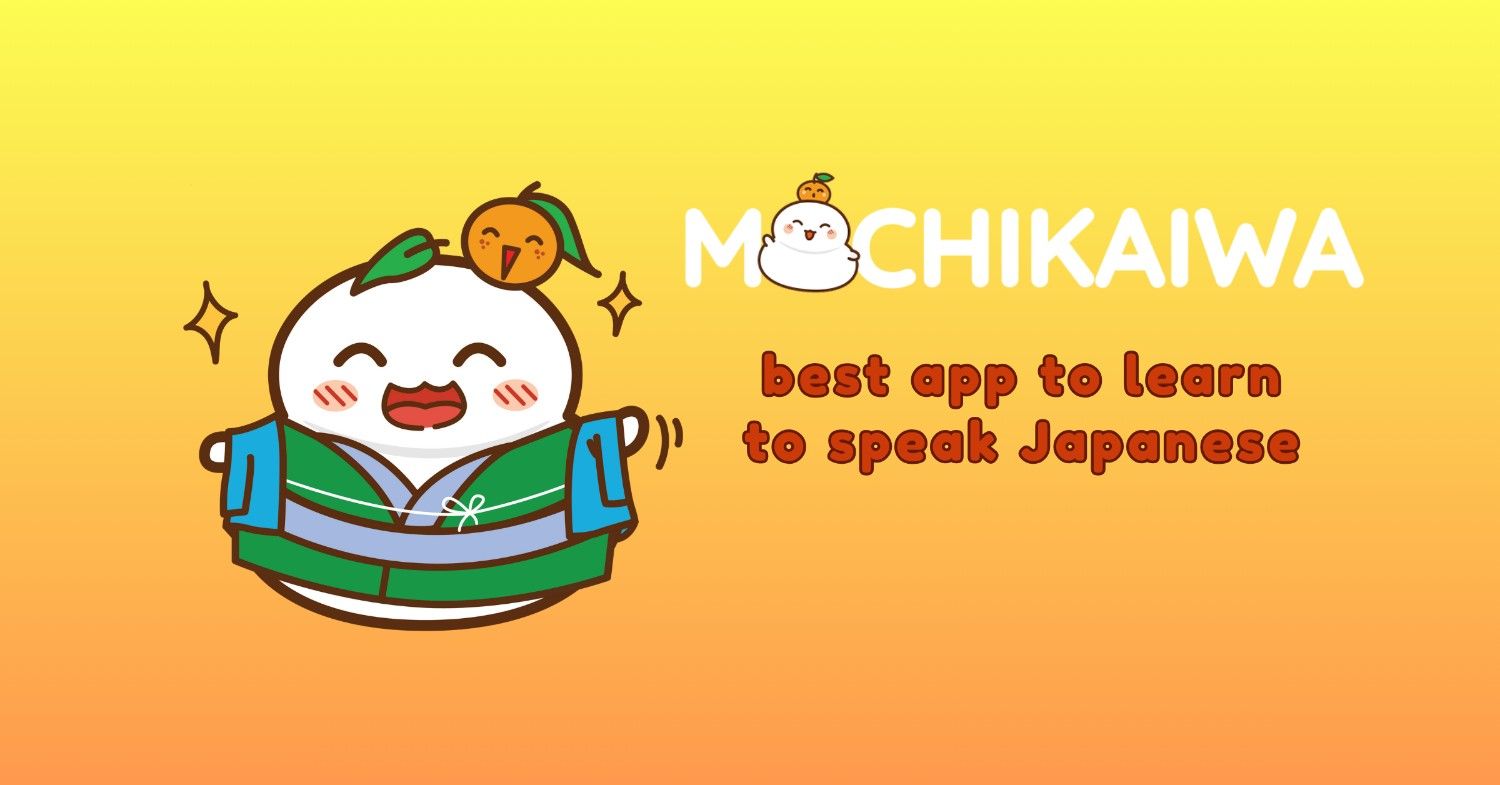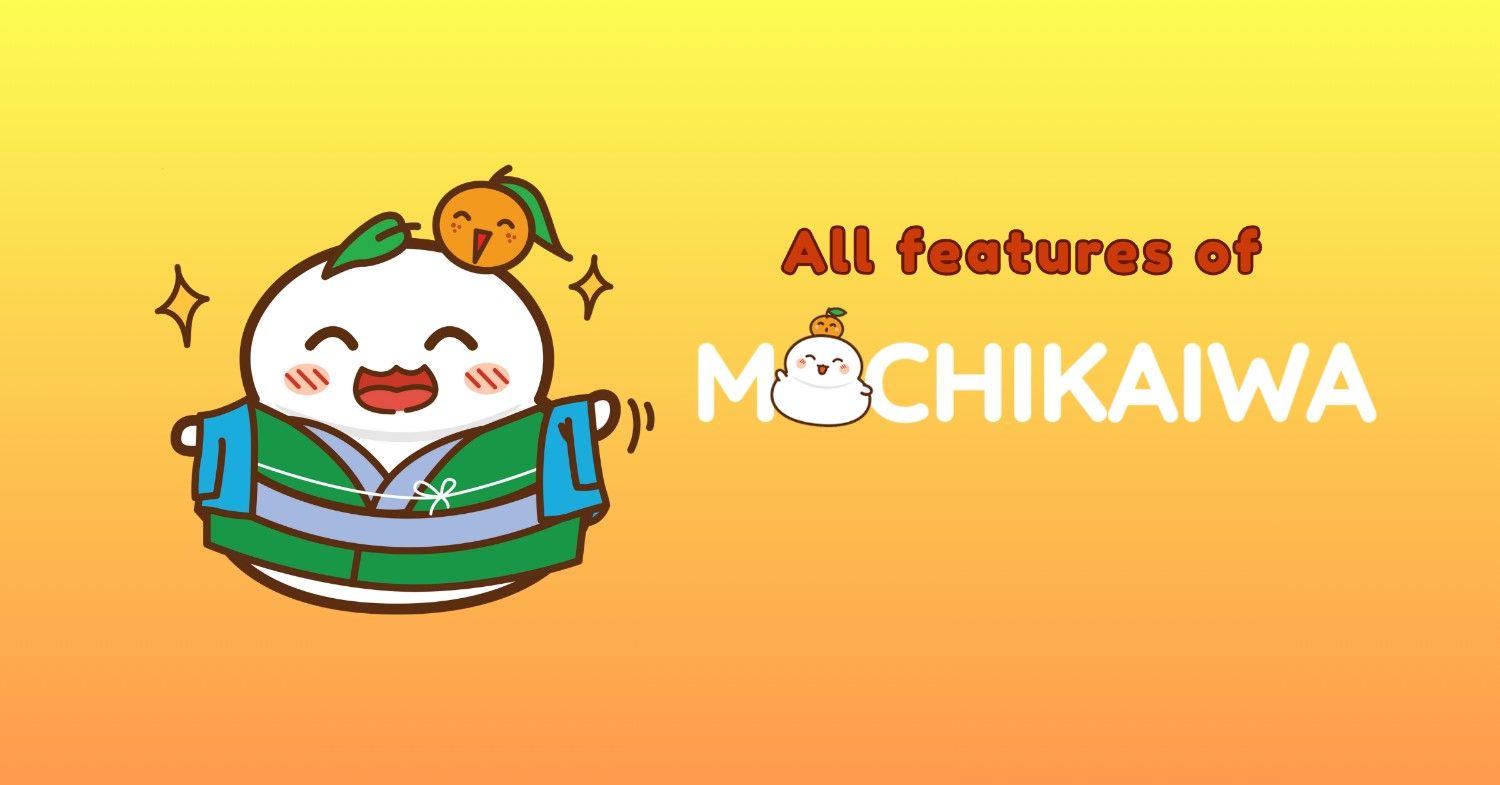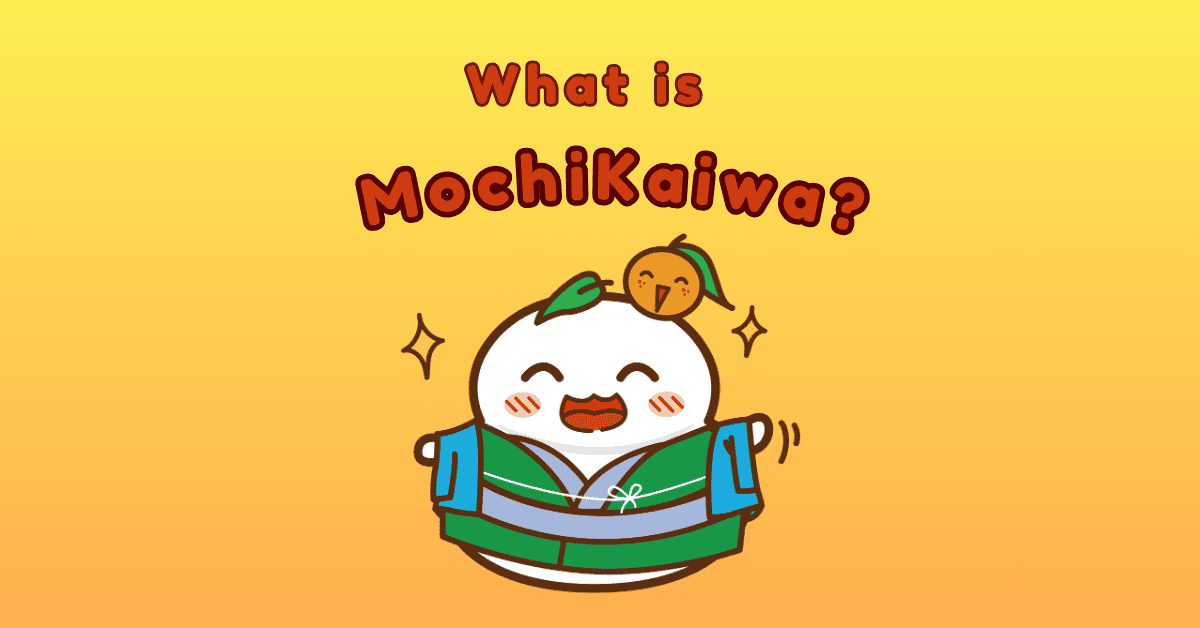Greeting others is not just a simple exchange of words but a profound expression of culture and respect, especially in Japan. Japanese greetings are deeply ingrained in the country’s social fabric, reflecting both the situational context and the relationships between the people involved. This guide will explore the etiquette of Japanese greetings and introduce ten common Japanese greetings, explaining their usage and cultural significance.
- Common Japanese Greeting Phrase: こんにちは (Konnichiwa)
- 10 Ways to Greet People in Japanese
- Japanese Greeting Etiquette in Japan’s Culture
- Learn how to greet in Japanese
- How to Use These Greetings
- FAQs

Common Japanese Greeting Phrase: こんにちは (Konnichiwa)
One of the most commonly used greeting phrases in Japanese is こんにちは (Konnichiwa), which translates to “good afternoon” or “hello.” It is a versatile greeting used from late morning until early evening. Although “Konnichiwa” is appropriate in both casual and formal settings, it is only acceptable for beginner levels. To be as smooth and as natural as native speakers, it is crucial to learn and understand other ways to greet in Japanese. Let’s discover some of them!
10 Ways to Greet People in Japanese
Understanding how to properly use various greetings will greatly enhance your ability to communicate effectively in Japanese. Here’s how to greet in ten different situations:
おはようございます (Ohayou Gozaimasu) – Good Morning
This is a polite way to say good morning and is typically used until about early morning, and mid-morning. The casual form, used with friends or family, or even colleagues is simply おはよう (Ohayou).
Example:
“おはようございます、田中さん!今日もよろしくお願いします。”
(Ohayou gozaimasu, Tanaka-san! Kyō mo yoroshiku onegaishimasu.)
(Good morning, Mr. Tanaka! Let’s do our best again today.)
こんにちは (Konnichiwa) – Good Afternoon
Perhaps the most well-known Japanese greeting. This is a short form of the phrase “konnichiwa gokiken ikaga desu ka?” or “How are you feeling today?” (今日はご機嫌いかがですか?). It is commonly used during mid-day or in the afternoon. Despite being so common, it is recommended that Konnichiwa should not be overused, try to mix things up sometimes, and you’ll notice the effect.
Example:
“こんにちは、鈴木さん!今日は天気がいいですね。”
(Konnichiwa, Suzuki-san! Kyō wa tenki ga ii desu ne.)
(Good afternoon, Mr. Suzuki! The weather is nice today, isn’t it?)
こんばんは (Konbanwa) – Good Evening
Used during the evening and night, when the sun has already gone down, this greeting helps shift day greetings into a more appropriate nighttime “hello”.
Example:
“こんばんは、山田さん。夜は冷えますね。”
(Konbanwa, Yamada-san. Yoru wa hiemasu ne.)
(Good evening, Mr. Yamada. It’s getting chilly tonight, isn’t it?)
おやすみなさい (Oyasumi Nasai) – Good Night
Said when parting at night or before going to sleep, this phrase can be translated directly into “have a nice rest” or “good night”. A more casual version of this phrase is Oyasumi おやすみ.
Example:
“おやすみなさい、お母さん。また明日ね。”
(Oyasumi nasai, Okaasan. Mata ashita ne.)
(Good night, Mom. See you tomorrow.)
いってきます (Ittekimasu) – “I’ll go and come back”
Used when leaving the house, it signifies to those remaining that you will return.
Example:
“いってきます、お父さん!”
(Ittekimasu, Otōsan!)
(I’m off, Dad!)
いってらっしゃい (Itterasshai) – “Please go and come back”
This is what those who are staying behind say to someone who is leaving the home. This can also be used to express “Have a nice day”.
Example:
“いってらっしゃい!気をつけてね!”
(Itterasshai! Ki o tsukete ne!)
(Have a good day! Be careful!)
ただいま (Tadaima) – “I’m home”
Said when returning home to announce one’s return.
Example:
“ただいま!”
(Tadaima!)
(I’m home!)
おかえりなさい (Okaerinasai) – “Welcome home”
The response to “Tadaima,” welcoming someone back home.
- Example:
“おかえりなさい!今日はどうだった?”
(Okaerinasai! Kyō wa dō datta?)
(Welcome home! How was your day?)
はじめまして (Hajimemashite) – “Nice to meet you”
Used when meeting someone for the first time, often followed by a self-introduction.
Example:
“はじめまして、田中です。よろしくお願いします。”
(Hajimemashite, Tanaka desu. Yoroshiku onegaishimasu.)
(Nice to meet you, I’m Tanaka. Please take care of me.)
さようなら (Sayounara) – Goodbye
A formal way to say goodbye. It’s sometimes perceived as final, suggesting that you might not see the person for a while. However, you also can use it as a goodbye when a teacher leaves a class after lesson time.
Example:
“さようなら、先生!また明日!”
(Sayounara, Sensei! Mata ashita!)
(Goodbye, teacher! See you tomorrow!)
To learn Japanese greetings, MochiKanji’s conversation course is the perfect solution. MochiKanji effectively enhances your Japanese speaking skills, including mastering essential greetings. The program offers interactive lessons and real-life scenarios, helping you confidently communicate in Japanese.
Japanese Greeting Etiquette in Japan’s Culture
In Japanese culture, greetings are not only words of salutation but also gestures that convey respect, humility, and the importance of social harmony. The act of greeting is taken very seriously and is pivotal in establishing and maintaining relationships. Greetings in Japan vary widely depending on the time of day, social context, and the relationship between speakers. Here are some key aspects of Japanese greeting etiquette:
- Bow: The bow is an integral part of Japanese greetings. It ranges from a slight nod of the head (more casual and frequent) to a deep bend at the waist (formal and respectful).
- Timing: Greetings are expected to be timely. For example, saying “good morning” (おはようございます, “ohayou gozaimasu”) after noon is inappropriate, as it should be changed to “good afternoon” (こんにちは, “konnichiwa”).
- Eye Contact: Unlike in some Western cultures, prolonged eye contact is not necessarily standard in Japan and can be considered rude, especially when coupled with a greeting. A brief eye contact suffices.
- Respect for Seniors and Superiors: When greeting someone of higher social status, such as a boss or elder, politeness and respect should be visibly higher.
How to Use These Greetings in Japanese
When using these greetings, always consider the context and the relationship between the speakers. Formal situations and interactions with superiors require more polite forms, while casual greetings can be used with close friends and family. Practice these greetings to ensure proper pronunciation and appropriate usage, enhancing both your language skills and your understanding of Japanese culture.
Learn how to greet in Japanese
Mastering Japanese phrases and vocabulary, especially greetings in Japanese, is crucial for effective communication. Here are some tips to help you learn:
- Consistent Practice: Set aside time each day to practice. Consistency helps reinforce your memory.
- Use Spaced Repetition: Apps like MochiKanji-learn Japanese are perfect for this. They help you remember phrases by reviewing them at optimal intervals. Moreover, MochiKanji also provides you with conversation courses where you can learn how to use Japanese naturally.
- Engage with Native Content: Watch Japanese shows, listen to music, and read books to see phrases in context.
- Speak Regularly: Practice speaking with native speakers or language partners to build confidence and fluency.
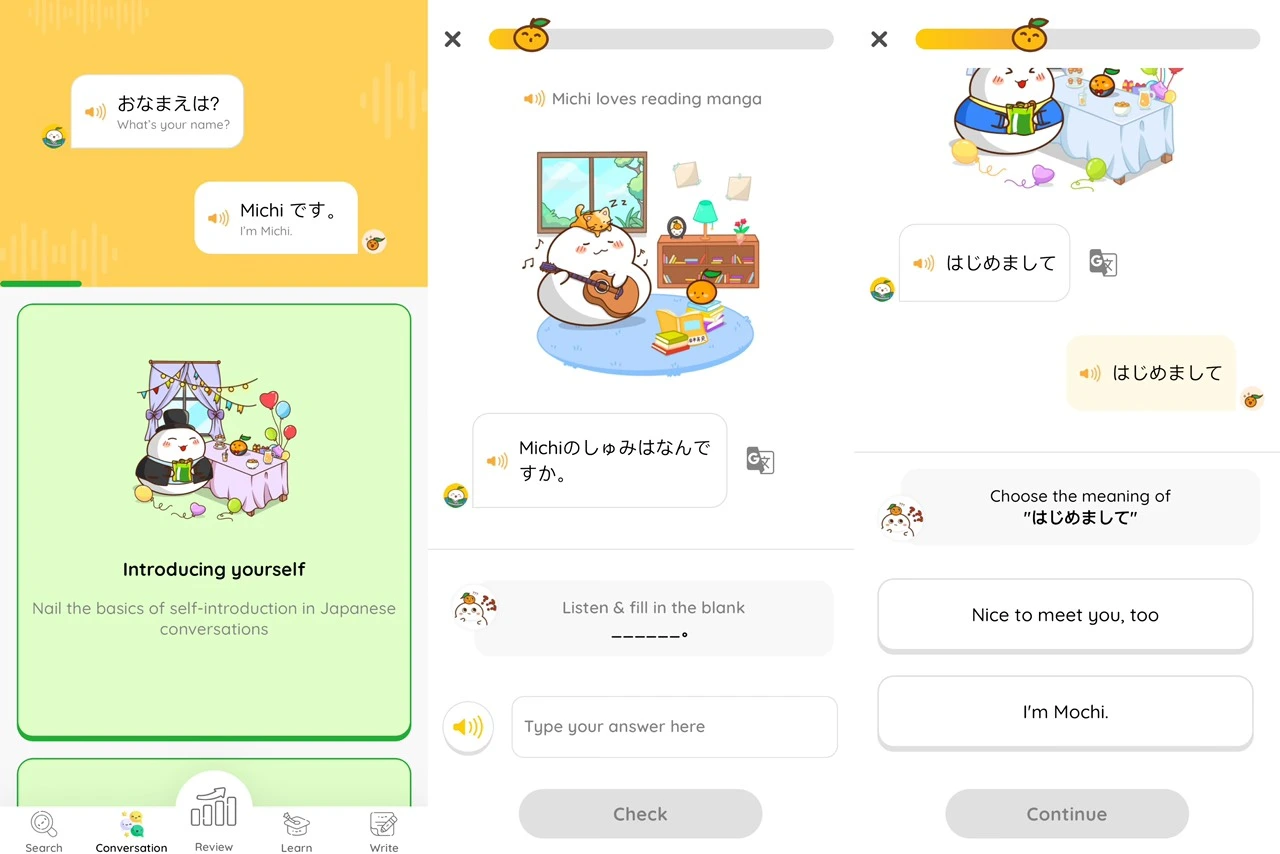
MochiKanji stands out in self-study by offering interactive conversation practice with Mochi and Michi, leading learners through authentic dialogues. The platform incorporates spaced repetition and a five-tier memorization system to ensure lasting retention, covering daily conversations, specialized vocabulary, and kanji. This approach delivers a well-rounded and immersive learning experience.
Try it for free now!
By incorporating these strategies and utilizing tools like MochiKanji, you’ll improve your Japanese vocabulary and conversational skills effectively.
Conclusion
Japanese greetings are a window into the culture’s values of respect, propriety, and social harmony. By mastering these greetings, you not only improve your linguistic ability but also gain deeper cultural insight, helping you navigate social interactions in Japan more smoothly. Whether you’re a beginner or looking to improve your fluency, understanding and using these greetings appropriately is a crucial step in your journey of learning Japanese.
FAQs
What is a typical Japanese greeting?
A typical Japanese greeting is “こんにちは” (konnichiwa), which means “Hello” or “Good afternoon.” Another common greeting is “おはようございます” (ohayou gozaimasu) for “Good morning” and “こんばんは” (konbanwa) for “Good evening.”
How do you greet someone respectfully in Japanese?
To greet someone respectfully in Japanese, you can use “おはようございます” (ohayou gozaimasu) for “Good morning,” “こんにちは” (konnichiwa) for “Hello” or “Good afternoon,” and “こんばんは” (konbanwa) for “Good evening.” Adding “ございます” (gozaimasu) to these greetings shows politeness. For example, “こんにちはございます” is more formal than just “こんにちは.”
Why Japanese bow when greeting?
Japanese bow when greeting as a sign of respect and to show politeness. Bowing is deeply rooted in Japanese culture and is used to express gratitude, apologies, and acknowledgment. The depth and duration of the bow can vary depending on the formality of the situation and the relationship between the people involved.
How are you greetings in Japanese?
To ask “How are you?” in Japanese, you can say “お元気ですか?” (ogenki desu ka?). This phrase literally means “Are you well?” and is a common way to inquire about someone’s well-being.

